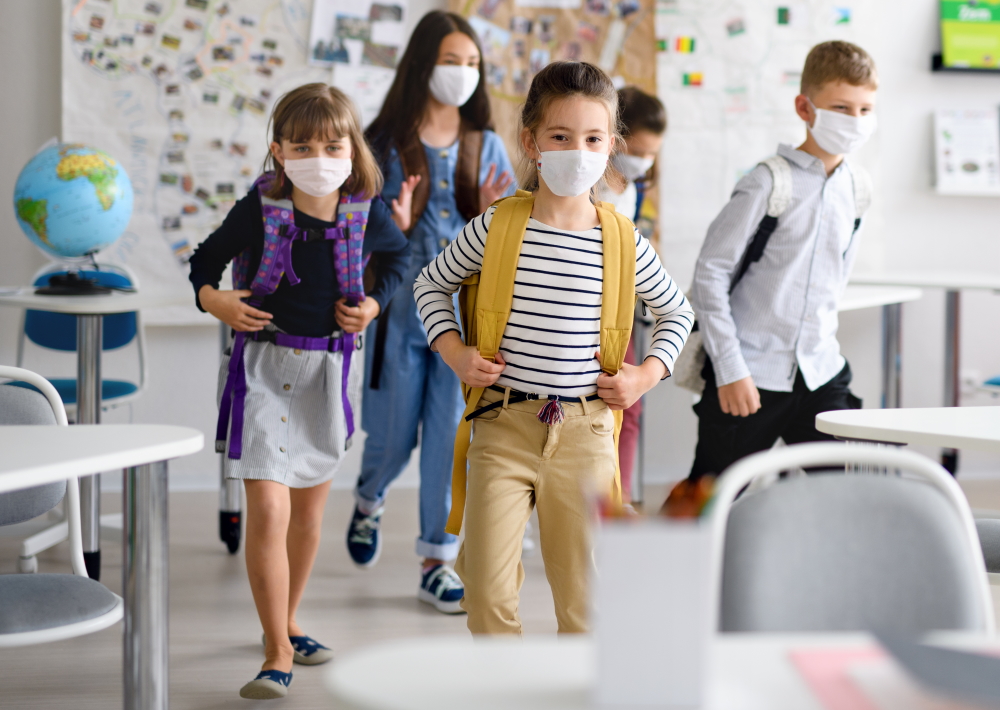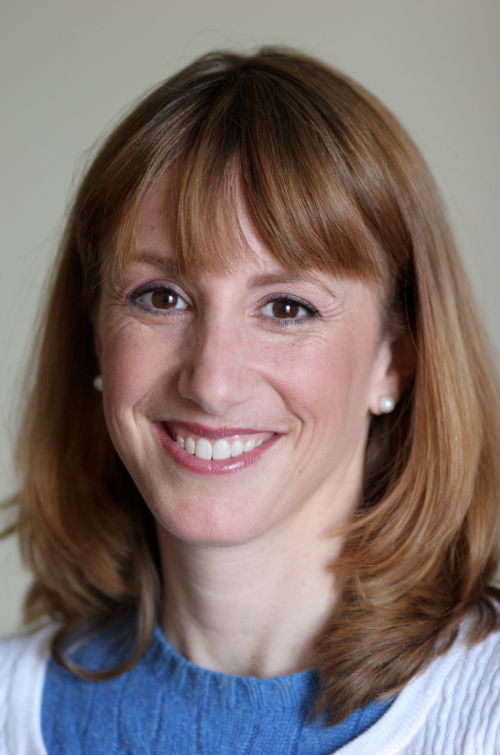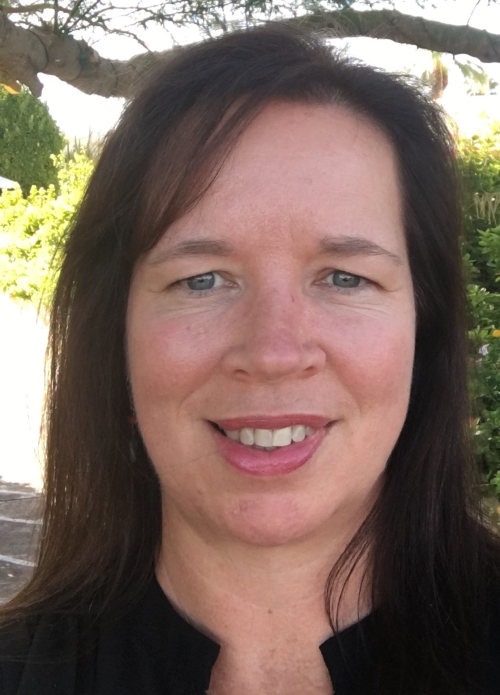 HALFPOINT/SHUTTERSTOCK
HALFPOINT/SHUTTERSTOCK
Not so long ago, the word “pods” conjured images of body snatchers invading our communities or herds of marine mammals. Today, they are being heralded as one of the best hopes for frustrated parents looking for a way to keep their children engaged and learning when schools are closed.
But the promise of learning pods is not available to everyone — not by a long shot. These parent-organized groups work only for families who have disposable income in this pandemic, who can afford to hire teachers, tutors and/or private care providers to help their kids learn while they do their jobs. It’s a solution that works for those who can afford it. They are buying the peace of mind that comes with knowing their children are safe, supervised and completing their virtual schoolwork while they earn a living and further their careers.
There’s no question those pods will play a critical role for many families. But there’s also no question that they will make our nation’s equity gap even worse. Relying on learning pods will leave more students from low- and middle-income families behind, more job-holding parents struggling to keep their kids from lapsing academically and socially and more race and income gaps in education, literacy and workforce preparation.
A Solution for everyone
The good news is that there is an alternative that relies on tried and tested organizations: community learning centers or hubs that bring together community-based organizations, after-school and summer programs, school districts and local governments to design solutions that keep kids safe, help them learn, protect their health and that of their instructors, support their social and emotional health and provide more equitable solutions. But we need to invest in community learning centers to make them work.

Jodi Grant
Without question, students of all backgrounds will need additional support this school year. They will need academic support to address COVID-19-related learning loss so they can catch up and get ahead. And they will need support with social and emotional learning, especially with so many families and communities in crisis and under unprecedented stress.
School districts that are reopening in person can work with traditional after-school and youth development partners to provide those supports after the school day ends, but with most districts opting for all-virtual or hybrid school schedules, there is a compelling need for those in the after-school and youth development field to support students at nontraditional times, with nontraditional activities and in nontraditional ways.
During virtual school days, community learning centers are in-person programs provided by community-based organizations and/or local government agencies in partnership with local school districts. Informed by Centers for Disease Control and Prevention guidance, they follow safety procedures and precautions. Informed by years of experience serving students after school and over the summer, they offer academic support, social and emotional learning and enrichment activities during all the times students are not physically in school. Informed by relationships with students, they connect families in need to food, housing, translation services and other social services and supports.
Earlier this summer the Afterschool Alliance released “A Blueprint for How Afterschool Programs & Community Partners Can Help,” which provides a framework for building these community learning centers or hubs. It describes how schools, after-school programs, local government, community-based organizations and parents can develop and adapt school reopening plans that ensure children are learning, safe, engaged and building academic, social and emotional skills during the hours their parents are working. More than 60 diverse national organizations signed on.
Reforms, Additional Funding Will Make It Possible
For such partnerships to successfully serve students and families, flexibility in federal program requirements and additional funding are needed.
Legislative language in both the 21st Century Community Learning Centers (21st CCLC) and the Child Care Development Block Grant (CCDBG) federal funding streams prevent funds from those initiatives from being used during a school day. Most states are interpreting a “school day” to include a virtual school day.

Jen Rinehart
We need flexibility from the Department of Education and the Department of Health and Human Services (HHS) to allow programs to access these funds for community learning centers or hubs.
Fortunately, the Office of Child Care at HHS recently issued clarification that CCDBG funds can be used for this purpose. We need similar flexibility from the U.S. Department of Education to allow 21st CCLC the same flexibility. Congress can solve that problem by putting language in an upcoming COVID-19 relief bill to allow 21st CCLC to be used in the same way.
We also need additional funding to support programs that for years served students for three hours per day, five days per week to now serve them for much longer. Schools and after-school programs have already been hit hard by the pandemic and are in desperate need of additional funding. A survey conducted by the Afterschool Alliance this summer found that 84% of program providers reported concern that they will not be able to provide services in the fall, with more than eight in 10 saying it was very important to get funding and better guidance and resources to protect the health and safety of staff and students. Nearly half (45%) reported that they had already laid off or furloughed staff.
Several states have been creative in accessing federal COVID-19 relief dollars and other funding streams to support community learning centers and hubs but that won’t be enough, especially when we factor in smaller student-to-staff ratios, PPE costs and the great need. Experts estimate that, as they return to work during remote learning days and school closures this fall, nearly 3 million low-income workers will need school-age care for 4.5 million students. Per student cost data indicates that $6.2 billion above the current authorization is needed to increase capacity to meet this heightened demand.
Congress is working on a new COVID-19 relief package now that can allow for this flexibility and provide the badly needed funding. Encouraging representatives and senators to do so can make a big difference and help reduce the harm this public health crisis causes to our youth.
Our country’s promise of equal opportunity is premised on giving every child a quality education. COVID-19 has disrupted that; it threatens to take us in the wrong direction. But we can overcome it. There are solutions that will work for all of us as we fight our way to the other side of this pandemic. We simply have to invest in them. If we do — if we invest in the promise after-school and youth development programs can offer — we will help all our kids stay on track rather than worsening the inequities our country is already struggling to overcome.
Jodi Grant is executive director of the Afterschool Alliance.
Jen Rinehart is senior vice president for research and policy of the Afterschool Alliance.





























